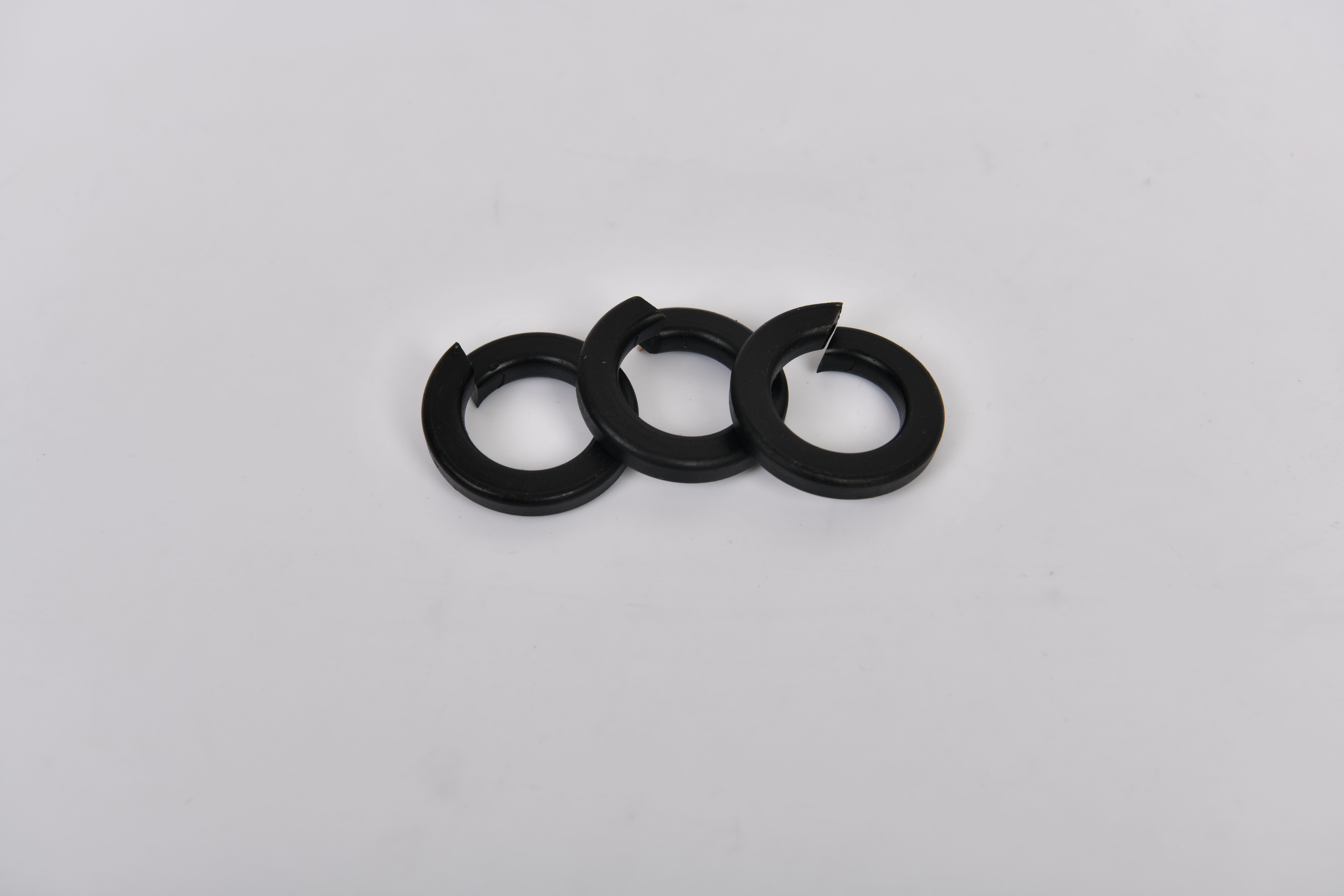Top Manufacturers of Spring Washers and Flat Washers in the Industry Today
Understanding Spring Washers and Flat Washers A Guide to Manufacturers
In the world of mechanical engineering and construction, washers play a crucial role in ensuring stability, reliability, and safety in various applications. Among the myriad of washers available, spring washers and flat washers are two of the most commonly used types. Understanding these components, their manufacturing processes, and the leading manufacturers can provide insights into their importance in numerous industries.
What Are Washers?
Washers are flat or disc-shaped components that are used to distribute the load of a threaded fastener, such as a bolt or nut. They serve multiple purposes, including preventing loosening due to vibration, providing a smooth surface for fasteners, and acting as a cushion between materials.
Types of Washers
1. Flat Washers These are simple, flat discs made primarily of metal, but can also be found in plastic or rubber. Their primary function is to distribute loads and prevent damage to the surface. Flat washers can also help create a seal when used with certain materials. Available in various sizes, they can be utilized in a wide range of applications, from household items to heavy machinery.
2. Spring Washers Unlike flat washers, spring washers are designed with a slight curve that provides a specific spring effect. This curvature allows them to exert a force that keeps bolts tight by compensating for any movement or vibration that may occur. Spring washers are essential in applications where the integrity of a joint is crucial, such as in automotive and aerospace industries.
Manufacturing Process
The manufacturing of both spring washers and flat washers involves several critical steps
spring washer and flat washer manufacturers

1. Material Selection The first step in washer manufacturing is selecting the right material. Common materials include stainless steel, carbon steel, and sometimes plastic composites. Each material offers different benefits in terms of corrosion resistance, strength, and cost.
2. Stamping or Forming Washers are typically produced through stamping, where sheets of the chosen material are cut and shaped into washers. For spring washers, the forming process is particularly important as it determines the degree of curvature and the mechanical properties of the final product.
3. Heat Treatment Some washers, especially spring washers, may undergo heat treatment to enhance their strength and flexibility. This process involves heating the washers to a specific temperature before cooling them rapidly.
4. Finishing The final stage in the manufacturing process includes surface treatment such as coating, plating, or polishing to improve corrosion resistance and wear properties.
Leading Manufacturers
Numerous manufacturers specialize in producing spring washers and flat washers, catering to various industries, including automotive, aerospace, construction, and electronics. Companies such as Belleville Washer, Inc., McMaster-Carr, and Grainger stand out in the field for their quality products and wide-ranging inventory. These manufacturers focus on innovation, precision engineering, and maintaining high standards of quality in their production processes.
Conclusion
In conclusion, spring washers and flat washers play an essential role in joining components and ensuring the stability of mechanical systems. Understanding the nuances of their design and the manufacturing process can aid in selecting the right type for a specific application. With a range of manufacturers providing high-quality washers, industries can find reliable solutions for their fastening needs, enhancing the safety and durability of their products. Whether in construction, automotive, or everyday consumer goods, washers are small but mighty components that ensure the efficiency and longevity of mechanical designs.
-
Top Choices for Plasterboard FixingNewsDec.26,2024
-
The Versatility of Specialty WashersNewsDec.26,2024
-
Secure Your ProjectsNewsDec.26,2024
-
Essential Screws for Chipboard Flooring ProjectsNewsDec.26,2024
-
Choosing the Right Drywall ScrewsNewsDec.26,2024
-
Black Phosphate Screws for Superior PerformanceNewsDec.26,2024
-
The Versatile Choice of Nylon Flat Washers for Your NeedsNewsDec.18,2024










